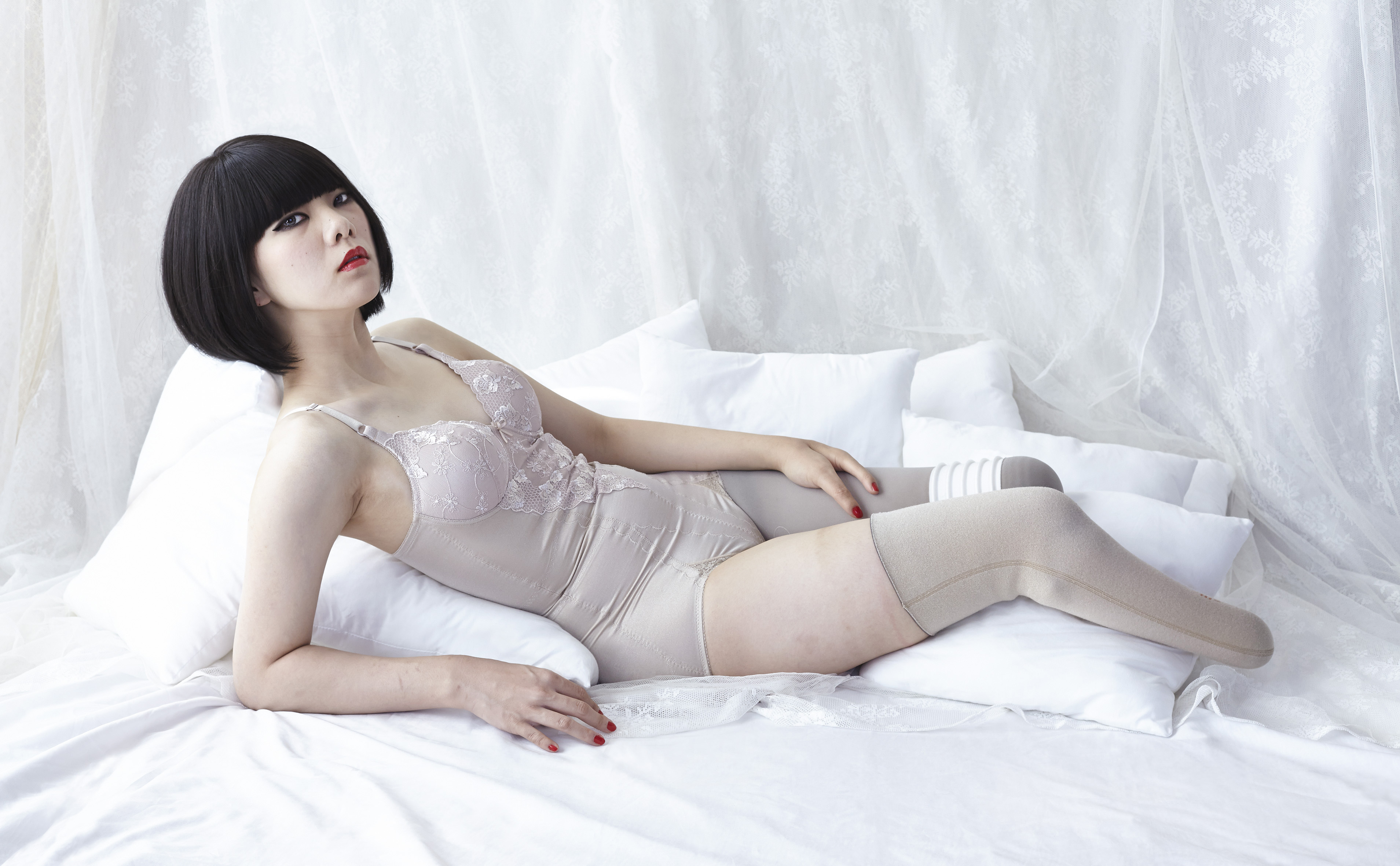The subtitle of the Mori Art Museum's triennial "Roppongi Crossing" exhibition three years ago was "Out of Doubt." This year it's "My Body, Your Voice." In 2013, the group show was inflected by the destruction caused by the 2011 Great East Japan Earthquake and tsunami, and scepticism about the handling of the nuclear meltdown in Fukushima. This year, the central theme is ostensibly an exploration of identity, histories and the body, though it would probably be fair to say that it is also strongly overshadowed by last year's 70th anniversary of the end of World War II.
A video piece by Hikaru Fujii, "The Educational System of Empire," situated approximately midway through the exhibition, provides useful insight into many of the issues that are at play in "My Body, Your Voice". The work is an amalgamation of a 1940s-era U.S. War Department video that vilifies the ideological rigidity of the Japanese education system at the time, and documentary footage of a 2015 workshop directed by the artist. The workshop features South Korean students re-enacting portions of an archive propaganda film that appears to feature torture, marching and a national liberation; though we, as viewers of the art work, only know this from seeing how the students discuss and act out what they see.
With its core material being propaganda and its lack of authorial voice, the piece can be interpreted in wildly different ways, and Fujii uses the language-learning technique of the "information gap," in which students must share different sets of information to complete a task, to highlight the difference between history, national narratives and knowledge. Unfortunately, any potential for radical criticality in the piece is blunted by the text that accompanies it, which mistakenly, and egregiously, tries to lay the blame for Japanese imperialism at the feet of education systems "imported from the West."

















With your current subscription plan you can comment on stories. However, before writing your first comment, please create a display name in the Profile section of your subscriber account page.